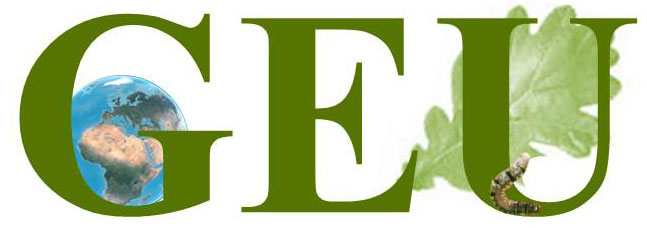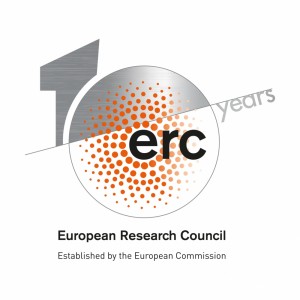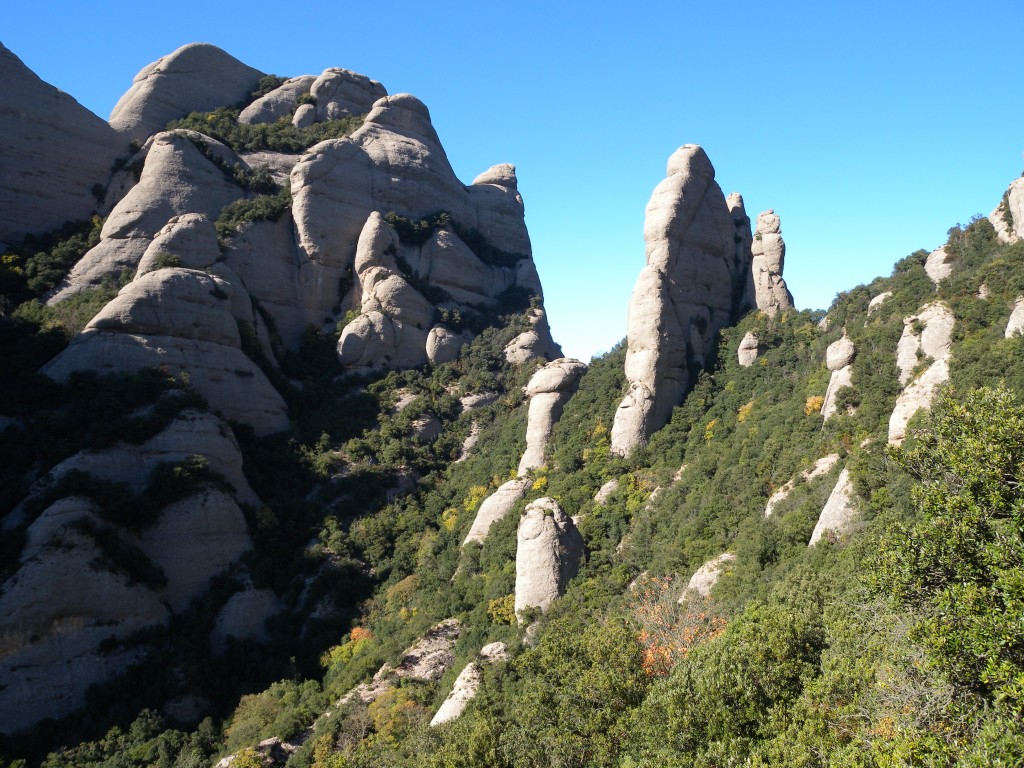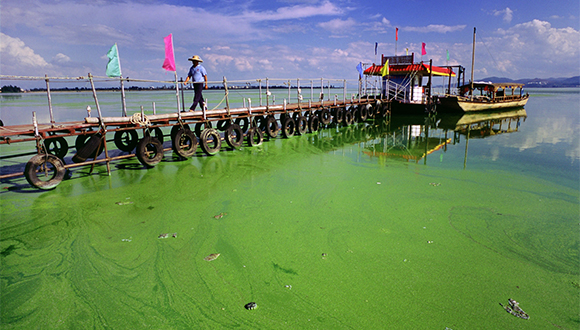
The rapidly growing human population in sub-Saharan Africa generates increasing demand for agricultural land and forest products, which presumably leads to deforestation. Conversely, a greening of African drylands has been reported, but this has been difficult to associate with changes in woody vegetation. There is thus an incomplete understanding of how woody vegetation responds to socio-economic and environmental change.
Deforestation in Africa has been high on the environmental agenda for decades. In a new study published in Nature Ecology and Evolution, researchers used a passive microwave Earth observation data set to demonstrate that the realities are more complex.









